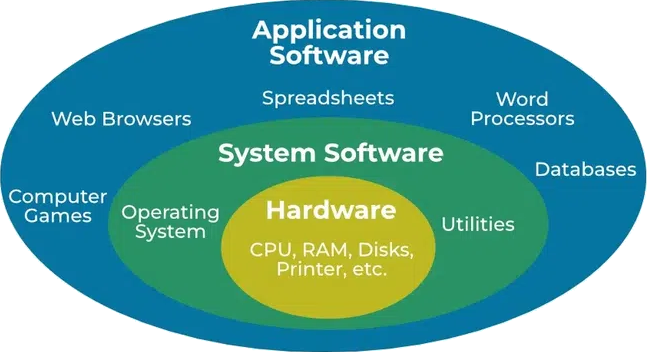Python
Write an awesome doc for Python. A very nice an practical one extracted from Python official documentation.
Glossary
- https://docs.python.org/3/glossary.html#glossary
-
#
Library
-
A collection of pre-written code that you can use to perform specific tasks without building everything from scratch.
-
Tell me like I am five: Imagine you have a big box full of toys, puzzles, and tools that help you do fun things, like building blocks to make a castle or crayons to draw a picture. Each toy or tool in the box saves you time because you don’t have to make it yourself—it’s just ready to use whenever you need it.
-
Wikipedia: Library (computing)
-
#
Programming language
-
A set of instructions written by a programmer to deliver instructions to the computer to perform and accomplish a task.
-
A set of instructions that enables humans to communicate with computers.
-
GitHub: What is a programming language?
-
#
Module
-
Same meaning as the library, but sometimes can be used as an adjective too. Something composed of smaller, independent parts (modules) that can be combined or arranged in different ways.
-
#
Application
-
A computer program designed to help people perform an activity.
- Abbreviation: app.
- AKA application program, or application software.

-
#
Data structure
-
A way of organizing and storing data in a computer so that it can be accessed and used efficiently.
- Any "container" in which data can be stored and accessed.
-
#
Object-Oriented Programming
-
A computer programming model that organizes software design around data, or objects, rather than functions and logic.
-
tell me like I am 5: You have different toys, like action figures, cars, and dolls. Each toy is different, but they can have things in common too -- like each one might have a color, a size, and things it can do (like move or make sounds).
-
You might be confused with "rather than functions and logic" since if you think about it a toy making a sound is a function. So does not that goes against our definition for OOP?
Nope, let's break it down:
- We never said that OOP objects does not include functions.
-
Unlike other programming paradigms that pass around data and focus on logics/function here we are gluing data and function together.
